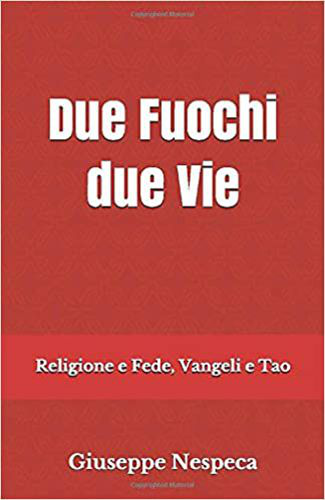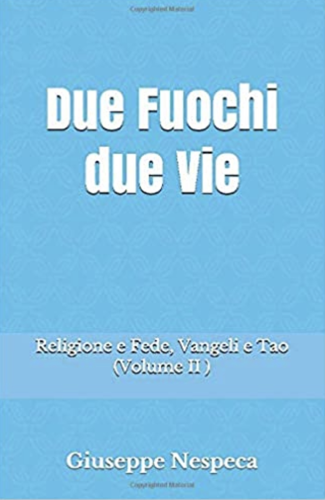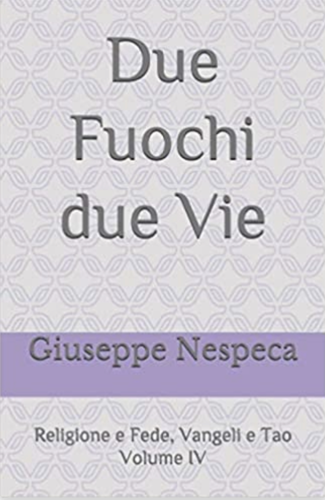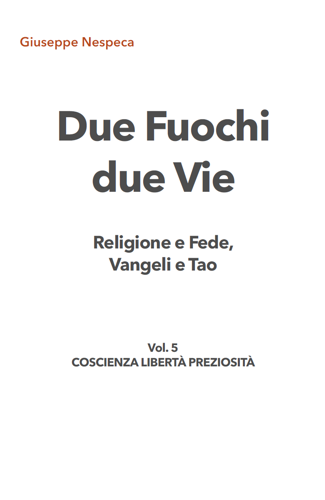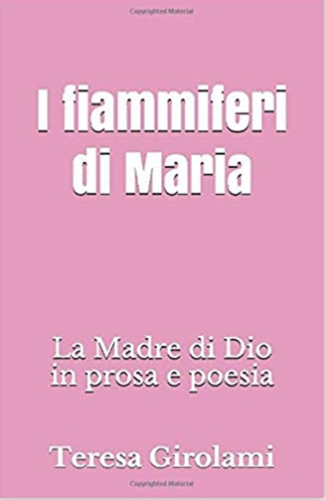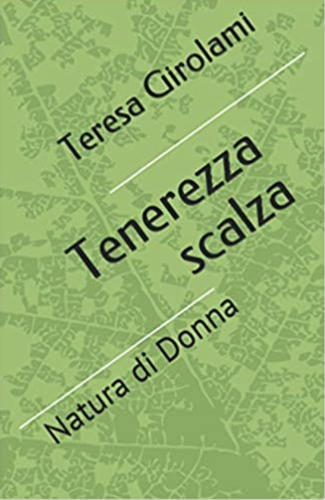The Gospel passage recounts the episode of the adulterous woman in two vivid scenes: in the first, we witness a dispute between Jesus and the scribes and Pharisees concerning a woman caught in flagrant adultery who, in accordance with the prescriptions of the Book of Leviticus (cf. 20: 10), was condemned to stoning. In the second scene, a brief but moving dialogue develops between Jesus and the sinner-woman. The pitiless accusers of the woman, citing the law of Moses, provoke Jesus - they call him "Teacher" (Didáskale) -, asking him whether it would be right to stone her. They were aware of his mercy and his love for sinners and were curious to see how he would manage in such a case which, according to Mosaic law, was crystal clear. But Jesus immediately took the side of the woman. In the first place, he wrote mysterious words on the ground, which the Evangelist does not reveal but which impressed him, and Jesus then spoke the sentence that was to become famous: "Let him who is without sin among you (he uses the term anamártetos here, which is the only time it appears in the New Testament) be the first to throw a stone at her" (Jn 8: 7) and begin the stoning. St Augustine noted, commenting on John's Gospel, that: "The Lord, in his response, neither failed to respect the law nor departed from his meekness". And Augustine added that with these words, Jesus obliged the accusers to look into themselves, to examine themselves to see whether they too were sinners. Thus, "pierced through as if by a dart as big as a beam, one after another, they all withdrew" (in Io. Ev. tract 33, 5).
So it was, therefore, that the accusers who had wished to provoke Jesus went away one by one, "beginning with the eldest to the last". When they had all left, the divine Teacher remained alone with the woman. St Augustine's comment is concise and effective: "relicti sunt duo: misera et Misericordia, the two were left alone, the wretched woman and Mercy" (ibid.). Let us pause, dear brothers and sisters, to contemplate this scene where the wretchedness of man and Divine Mercy come face to face, a woman accused of a grave sin and the One who, although he was sinless, burdened himself with our sins, the sins of the whole world. The One who had bent down to write in the dust, now raised his eyes and met those of the woman. He did not ask for explanations. Is it not ironic when he asked the woman: "Woman, where are they? Has no one condemned you?" (8: 10). And his reply was overwhelming: "neither do I condemn you; go, and do not sin again" (8: 11). Again, St Augustine in his Commentary observed: "The Lord did also condemn, but condemned sins, not man. For if he were a patron of sin, he would say, "neither will I condemn you; go, live as you will; be secure in my deliverance; however much you sin, I will deliver you from all punishment'. He said not this" (Io Ev. tract. 33, 6).
Dear friends, from the Word of God we have just heard emerge practical instructions for our life. Jesus does not enter into a theoretical discussion with his interlocutors on this section of Mosaic Law; he is not concerned with winning an academic dispute about an interpretation of Mosaic Law, but his goal is to save a soul and reveal that salvation is only found in God's love. This is why he came down to the earth, this is why he was to die on the Cross and why the Father was to raise him on the third day. Jesus came to tell us that he wants us all in Paradise and that hell, about which little is said in our time, exists and is eternal for those who close their hearts to his love.
In this episode too, therefore, we understand that our real enemy is attachment to sin, which can lead us to failure in our lives. Jesus sent the adulterous woman away with this recommendation: "Go, and do not sin again". He forgives her so that "from now on" she will sin no more. In a similar episode, that of the repentant woman, a former sinner whom we come across in Luke's Gospel (cf. 7: 36-50), he welcomed a woman who had repented and sent her peacefully on her way. Here, instead, the adulterous woman simply receives an unconditional pardon. In both cases - for the repentant woman sinner and for the adulterous woman - the message is the same. In one case it is stressed that there is no forgiveness without the desire for forgiveness, without opening the heart to forgiveness; here it is highlighted that only divine forgiveness and divine love received with an open and sincere heart give us the strength to resist evil and "to sin no more", to let ourselves be struck by God's love so that it becomes our strength. Jesus' attitude thus becomes a model to follow for every community, which is called to make love and forgiveness the vibrant heart of its life.
[Pope Benedict, homily 25 March 2007]





